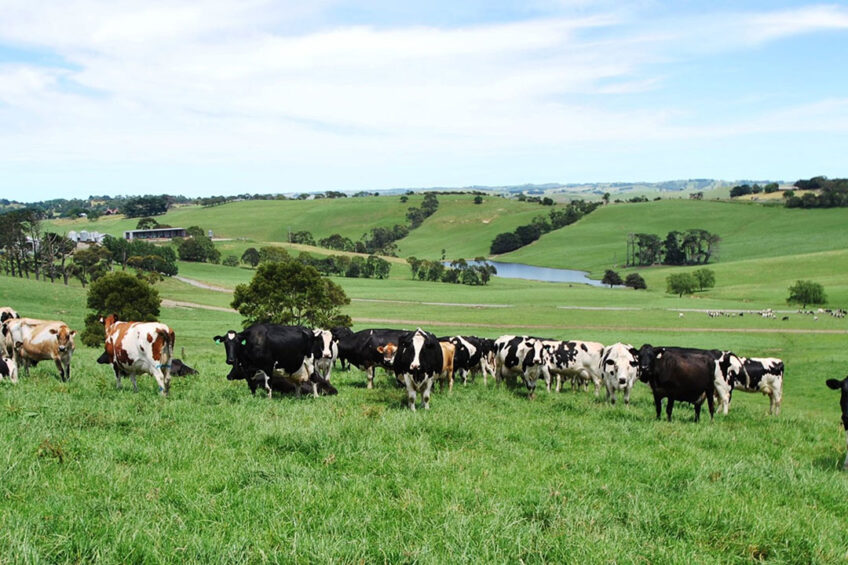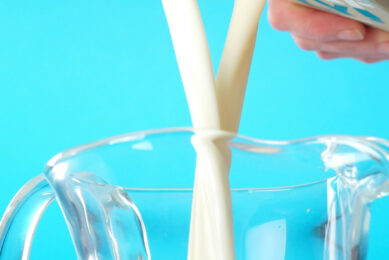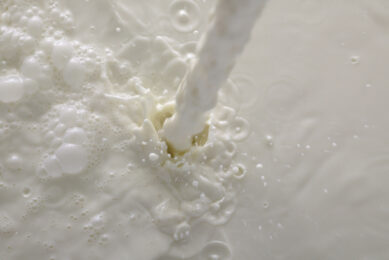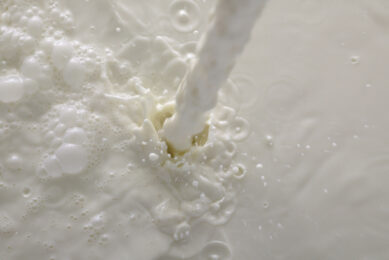Farm report Australia: Farmers make ends meet in an unusual way

Four years ago, in the middle of a dairy crisis, Australian farmers Shelley and Neil Walker were trying hard to keep their dairy farm profitable. Milk prices were low, grain prices were high and the Walkers were even considering getting out of the dairy business. Until they found an unusual way to add value to their farm and make ends meet.
Shelley and Neil Walker milk 180 cows near Korumburra in the heart of South Gippsland in the Australian state of Victoria. This beautiful region with its rolling green hills is known for its dairy industry. But in 2016 Australian dairy farmers faced a difficult time. There had been some years with severe drought and milk processors slashed the price dairy farmers were expecting for their milk.

“We also had high grain prices and it was just hard to make ends meet,” Shelley explains. “We could not make any improvements on our farm. And if we looked at our milk cheque, and the hours we made working seven days a week, we were not getting very much at all.”
 Profile ProfileName: Shelley and Neil Walker (left) milk 180 mostly Holstein cows Location: SG Dairy is a 93 hectare farm near Korumburra in the heart of South Gippsland in the Australian state of Victoria. Milk: The cows produce 8000 litres a year each. The herd is milked twice a day in a 22-a-side swingover herringbone parlour. Photo: Neil and Shelley Walker (left) with business partners Campbell Evans and his wife Krista. Photo: SG Dairy |
Solution to improve the situation
For the Walkers it was clear that they would need to find a solution to improve their situation. “We were looking for different ways to add value,” says Neil. “We were thinking about a fresh milk line, so we could bypass the big factories and sell our own milk. But that was going to cost us way too much. And there was just too much involved in it, so we knew we had to look elsewhere.”

A friend introduced the Walkers to dairy process engineer Campbell Evans. He raised the idea of producing colostrum supplements together. “We were surprised but we gave it some thought,” Neil says. “It became clear to us that this could work. Being dairy farmers we could collect it on the farm. We studied it and eventually Campbell built a trial plant.”
Freeze drying colostrum
The process involved freeze drying the colostrum to turn it into powder. The first samples were sent to Australia’s national science agency CSIRO for testing. “We just wanted to make sure that the bioactivity of the colostrum was still there after we processed it and it was,”, Neil points out. “We even managed to produce high end colostrum powder.”
Australian processor Murray Goulburn was once also a supplier of colostrum products but now the company SG Dairy of the Walkers along with Campbell and Krista Evans is the only producer in Australia. “It was quite a complicated process to get to this point,” Neil explains. “We had three trial runs and did a lot of testing to get the pasteurisation right. And it was quite a complicated process to get our product approved. We had many authorities involved.”

Monitoring the calves
Shelley emphasises that it is important that calves still get the colostrum they need. “If they don’t get it, they will end up sick,” she says. “So this is a big thing for us. We monitor the calve after it is born to make sure it is drinking from its mother. If we don’t think it has had enough, we will make sure to give it extra colostrum. But the cow produces more than the calf requires, so there is some available for us to take.”
Shelly and Neil Walker are able to get the extra colostrum in the eight to twelve hours after the calve is born. Colostrum is known for its antibodies for disease resistance, glucose for energy, vitamins and minerals for vitality, and growth hormones.

“Mostly people use it for immunity and gut health,” Shelley adds. SG Dairy produces several colostrum products: standard powder, low lactose powder and tablets and soap. It is now working on other products.
Upscale
Shelley and Neil Walker buy additional colostrum from four other local farmers within in a 30 km radius. “We most likely will have to upscale our business,” Neils adds. “So we’ll need more input from other farms. We also get a lot of wholesalers that are calling us but we don’t have scale to sell the colostrum to them.”
Most of the colostrum is sold in Australia but the export is slowly picking up, with buyers in China, South Korea and Singapore.
Things on the farm are also looking a lot better now. There has been a lot of rain and milk prices are good. “We are going into winter time and we expect that it is going to be a really wet winter,” says Neil.
Join 13,000+ subscribers
Subscribe to our newsletter to stay updated about all the need-to-know content in the dairy sector, two times a week.










